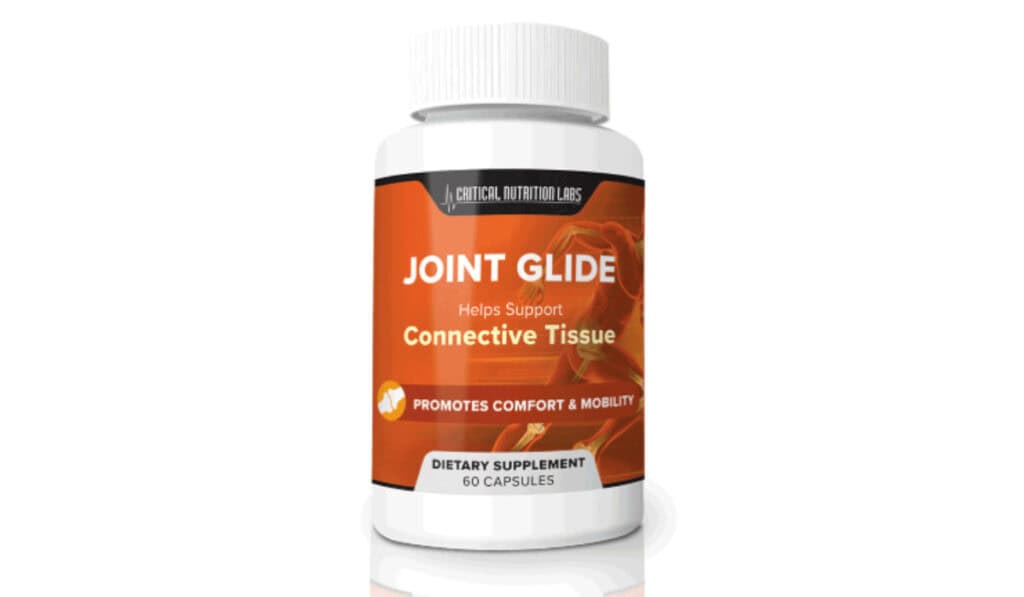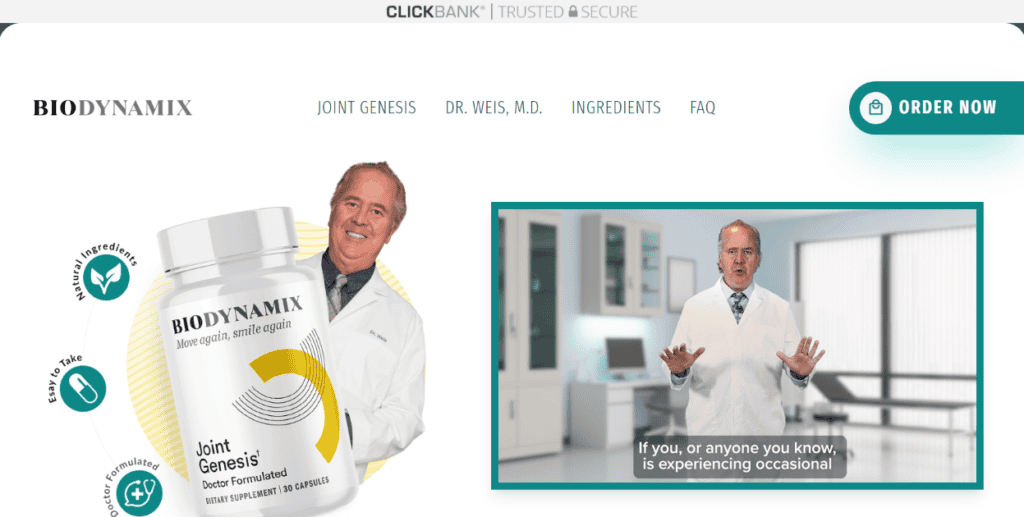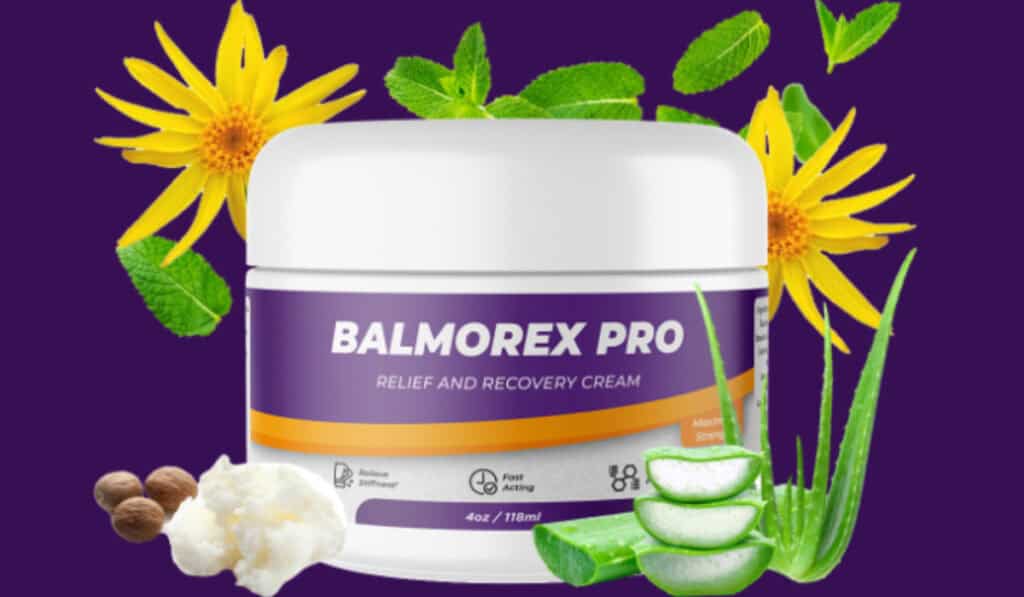Creams Patches and Cold Therapy – A Comprehensive Guide
This comprehensive guide to arthritis and joint pain relief delves into the world of topical treatments. You’ll learn about creams, patches, and cold therapy options that can help manage your joint pain effectively.
Introduction to Topical Treatments for Joint Pain
If you’re struggling with joint pain, topical treatments might offer the relief you’re seeking. These solutions apply directly to your skin and can target the pain area more precisely.
Understanding the Basics of Joint Pain Relief
Joint pain relief starts with understanding how these treatments work. Topical solutions can reduce inflammation and numb the pain, making daily activities more manageable.
How Topical Solutions Can Alleviate Joint Pain
Topical solutions like creams and gels can directly target the area of pain, offering rapid relief without the side effects often associated with oral medications.
Exploring the Best Topical Creams for Joint Pain Relief
Let’s dive into the world of topical creams that can bring you joint pain relief. These creams often provide a cooling sensation and contain effective ingredients that target the pain directly.
1. Voltaren Topical 1% Gel
Voltaren Gel is a popular choice for easing joint pain, thanks to its anti-inflammatory properties.
Pros
Voltaren Gel offers targeted relief for joint pain, is non-greasy, and is absorbed quickly by the skin. It’s also proven to reduce inflammation which is a common cause of joint pain.
Cons
Some users may experience side effects like skin irritation or allergies. It’s also not suitable for people with certain health conditions.
2. Bengay Ultra Strength Topical Pain Relief Cream
Bengay Ultra Strength Cream is medically reviewed and known for its deep penetrating pain relief.
Pros
This cream offers immediate relief for sore joints and muscles. Its strong formula is designed to numb the pain quickly and is easy to apply.
Cons
Its strong scent and intense warming sensation may not be comfortable for all users. It might also cause skin irritation in sensitive individuals.
3. Aspercreme Lidocaine Maximum Strength Pain Relief Cream
Aspercreme Lidocaine Cream is another excellent option for joint pain relief, providing a numbing effect to reduce discomfort.
Pros
This cream targets pain with lidocaine, providing a numbing sensation without a strong odor. It’s non-greasy and absorbs quickly, making it convenient for daily use.
Cons
While effective, it may not offer long-lasting relief for all types of joint pain. Some users may also be sensitive to lidocaine.
The Role of Patches in Managing Joint Pain
Patches offer a convenient and targeted way to manage joint pain, slowly releasing medication over time directly where it’s needed.
1. Salonpas Arthritis Pain Patch Large
If you’re looking for a simple way to manage joint pain, the Salonpas Arthritis Pain Patch Large might be a good option. These patches are designed to deliver pain relief directly to the site of your discomfort. They are easy to apply and can be worn under clothing, making them a convenient choice for ongoing pain management throughout the day.
Pros
Salonpas patches are known for their effectiveness in targeting localized pain, offering a non-messy alternative to creams or gels. They provide long-lasting relief, which is ideal for chronic conditions like arthritis. Plus, they’re discreet and can be easily incorporated into your daily routine without any hassle. The convenience of being able to stick a patch and go about your day is a significant advantage for many users.
Cons
While Salonpas patches offer many benefits, there are some drawbacks. Some users may find that their skin is sensitive to the adhesive, leading to irritation or discomfort. Additionally, while effective for localized pain, they may not provide comprehensive relief for more severe or widespread joint issues. The patches also need to be replaced regularly, which might be inconvenient for some.
2. Lidocaine Patch – Targeted Topical Pain Relief
For those seeking targeted pain relief, a Lidocaine Patch can offer a potent solution. These patches use the numbing effect of lidocaine to dull pain in specific areas. They are particularly useful for sharp, localized pain and can be a part of a broader pain management strategy. Like Salonpas, they are applied directly to the skin, offering direct relief where it’s most needed.
Pros
The main advantage of Lidocaine Patches is their ability to provide rapid and focused relief from pain. The active ingredient, lidocaine, is medically reviewed and recognized for its pain-blocking properties. These patches can be especially beneficial for temporary relief of acute symptoms, allowing you to move more comfortably and engage in physical therapy or other rehabilitation exercises with less discomfort.
Cons
However, Lidocaine Patches are not without their limitations. The relief they offer is usually temporary, making them less suitable for long-term pain management. Some users may experience skin reactions, such as redness or itching at the application site. Additionally, their effectiveness can vary depending on the individual’s condition and the body’s response to lidocaine.
Cold Therapy Solutions for Joint Pain
Cold therapy is a popular and effective method for managing joint pain. By reducing inflammation and numbing the affected area, cold therapy can offer immediate relief for flare-ups of arthritis, injuries, or other joint-related discomfort. This approach is often recommended for acute pain, swelling, and to aid in recovery after physical activity.
1. Biofreeze Pain Relief Gel
Biofreeze Pain Relief Gel is a favorite among those who prefer cold therapy for pain relief. Its unique formula provides a cooling sensation that quickly penetrates the skin, offering rapid relief from joint pain. It’s particularly useful for athletes or anyone with active lifestyles seeking immediate pain management without the mess of ice packs.
Pros
The advantage of Biofreeze lies in its fast-acting, deep-penetrating formula that offers quick relief. It’s easy to apply and doesn’t leave a greasy residue, making it convenient for use at any time of the day. Additionally, Biofreeze is portable, allowing you to bring pain relief with you wherever you go, whether it’s to the gym, work, or while traveling.
Cons
However, the cooling effect of Biofreeze may not be suitable for everyone. Some users may find the sensation too intense or may not experience sufficient relief for severe joint pain. Additionally, frequent reapplication may be necessary for ongoing pain management, leading to higher costs over time.
2. Icy Hot Original Medicated Pain Relief Liquid
Icy Hot Original Medicated Pain Relief Liquid combines the principles of cold and hot therapy to relieve joint pain. It cools the area to dull the pain, then heats it to relax it away, offering a dual-action approach to pain relief that many find effective.
Pros
This product’s dual-action formula is its biggest pro, providing immediate cooling followed by soothing heat. It’s especially useful for muscular and joint pain that benefits from both temperature treatments. Icy Hot is easy to apply, dries quickly, and is ideal for targeting specific areas of discomfort.
Cons
While effective for many, Icy Hot may not provide long-lasting relief for all types of joint pain. The sensation of heat following the initial cooling can be uncomfortable for some users. Additionally, those with sensitive skin may react to the active ingredients, necessitating caution and patch testing before regular use.
Ingredients Matter: What to Look For
When choosing a topical solution for joint pain, the active ingredients play a critical role in determining the effectiveness of the product. Ingredients like menthol, lidocaine, and salicylates are commonly found in these products, each offering different mechanisms of action to reduce pain and inflammation. Understanding the active ingredients can help you select a product that aligns with your pain management needs and preferences.
Active Ingredients in Joint Pain Relief Products
Active ingredients are the key players in the effectiveness of joint pain relief products. Menthol provides a cooling sensation that can temporarily relieve pain, while lidocaine works by numbing the affected area. Salicylates reduce inflammation and pain by inhibiting the body’s production of certain chemicals involved in pain pathways. By familiarizing yourself with these active ingredients, you can make more informed choices about your joint pain management solutions.
Understanding Inactive Ingredients
While active ingredients get most of the attention for relieving pain, inactive ingredients play a crucial role too. They help carry the active ingredients to where they’re needed and can affect how your skin feels when you apply the product. But, be mindful, as some people might find they’re sensitive to certain inactive components. Always check the label to make sure there’s nothing in the product that could irritate your skin.
Safety and Usage Guidelines
It’s important to use topical solutions as directed to keep safe. Don’t use more than suggested, and avoid putting them on broken skin. If you’re unsure about how to use a product or if it’s right for you, it’s a good idea to ask a doctor or pharmacist.
How Often Should Topical Solutions Be Applied?
Most topical solutions can be applied 3 to 4 times daily, but it’s essential to read the instructions on the product label. Using them too often can lead to skin irritation or other unwanted effects. If your pain doesn’t improve or if it gets worse, it might be time to see a doctor for more advice.
Precautions and Contraindications
Before using any topical solution, check if you have allergies to its ingredients. Also, some products shouldn’t be used by pregnant or nursing women, so always read the label or ask a healthcare professional if you’re unsure.
Using Topical Solutions with Other Medications
Topical solutions can interact with other medications, including over-the-counter drugs and prescriptions. For example, if you’re using a product with nonsteroidal anti-inflammatory drugs (NSAIDs) and you take oral NSAIDs like Motrin IB, you could increase your risk of side effects. Always tell your doctor about all the medicines you’re taking to avoid problems.
HSA or FSA Eligibility and Expiration Dates
Many topical solutions for joint pain are eligible for purchase with a Health Savings Account (HSA) or Flexible Spending Account (FSA). Remember to check the product’s expiration date when you buy it, as using it past this date can reduce its effectiveness or safety.
Additional Strategies for Joint Pain Management
Alongside topical treatments, exercise and physical therapy can significantly improve joint health. A physical therapist can create a personalized program to strengthen the muscles around your joints, increase flexibility, and reduce pain. Incorporating regular movement into your routine can also help manage joint pain in the long term.
The Benefits of Exercise and Physical Therapy
Exercise and physical therapy are powerful tools for managing joint pain. Working with a physical therapist can help you find safe, effective exercises that improve mobility without worsening pain. Regular activity helps maintain joint function and can even reduce the need for pain medications over time.
Nutritional Supplements and Diet Adjustments
The Arthritis Foundation suggests that certain foods and supplements can help manage pain and inflammation. For example, omega-3 fatty acids, found in fish oil, have been effective in relieving joint pain, particularly in patients with knee osteoarthritis. Adding anti-inflammatory foods to your diet and considering supplements recommended by a medical professional can be beneficial.
Frequently Asked Questions
Here are some common questions and answers about using topical treatments for joint pain.
Can I Use These Products While Pregnant or Nursing?
Some topical treatments may not be safe during pregnancy or while nursing. Ingredients like menthol or camphor, found in many pain relief products, can be concerning. Always consult with a healthcare provider before using any new medications to ensure they won’t harm you or your baby.
Is It Safe to Use Heating Pads or Ice Packs with Topical Treatments?
Be cautious when using heating pads or ice packs with topical treatments, especially those like Voltaren Gel. Heat can increase the risk of skin irritation, while cold can change how your skin absorbs the medication. It’s best to follow the product’s instructions or ask a healthcare professional for advice.
Final Thoughts on Choosing the Right Topical Solution
Finding the right topical solution for joint pain involves understanding your individual needs and how different ingredients impact your pain and skin. Keep track of how your body responds to different treatments, and don’t hesitate to consult a health professional if you’re unsure about what’s best for you.
Considering Your Individual Needs for Joint Pain Relief
Everyone’s experience with joint pain is unique, so what works well for one person might not work for another. Consider your specific symptoms, any skin sensitivities, and how you prefer to apply treatments when choosing a product. You know your body best, so trust your instincts and seek professional advice when needed.
When to Consult a Healthcare Professional for Joint Pain
If you’re struggling with joint pain, especially if it’s affecting your daily life, it’s important to see a healthcare professional. They can provide a diagnosis, suggest effective pain medications, and recommend other treatments like physical therapy. Don’t let joint pain control your life—help is available.







